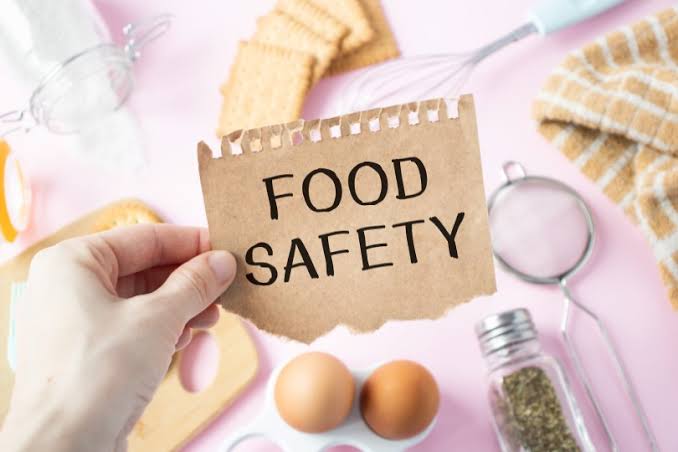
What is Food Safety and Standards (Contaminants, toxins and Residues) Regulations, 2011?
This is a Central Food Regulation drafted by Food Authority in accordance with Section 92 (1) of Food Safety and Standards Act, 2006. The Regulation explain allowable quantity of contaminants, toxins and residues in food articles.
Purpose of the Clause
Clause 2.4 – The Limit of Antibiotics in Honey
Clause 2.4 of the Food Safety and Standards (Contaminants, Toxins and Residues) Regulations, 2011, specifies tolerance limits for certain antibiotics in honey. These limits are determined based on the Limit of Quantification using the LC-MS/MS method. The regulation outlines maximum permissible levels for antibiotics such as Chloramphenicol, Nitrofurans, and Sulphonamides to ensure honey is safe for human consumption and free from harmful residues. The limit of antibiotics mentioned in column (2), in Honey on the basis of Limit of Quantification, shall not exceed the tolerance limit prescribed in column(3) when determined by the LC-MS/MS method in the table given below:—
Sr. No. | Name | Tolerance Limit (microgram/kg) |
(1) | (2) | (3) |
1. | Chloramphenicol | 0.3* |
2. | Nitrofurans and its metabolites | 0.5* either individually or collectively |
3. | Sulphonamides and its | 5.0* either individual or collectively |
4. | Streptomycin | 5.0* |
5. | Tetracycline | 5.0* |
(a) Oxytetracycline | 5.0* | |
(b) Chlortetracycline | 5.0* | |
6. | Ampicillin | 5.0* |
7. | Enrofloxacin | 5.0* |
8. | Ciprofloxacin | 5.0* |
9. | Erythromycin | 5.0* |
10. | Tylosin | 5.0* |
* Limit of Quantification on the basis of LC-MS/MS method.]
Penalty for non-compliance:
Any person who manufactures, stores, sells, distributes, or imports unsafe food for human consumption shall be liable for punishment based on the severity of the outcome: up to six months’ imprisonment and a fine up to ₹1 lakh if no injury occurs; up to one year and ₹3 lakh fine for non-grievous injury; up to six years and ₹5 lakh fine for grievous injury; and a minimum of seven years’ imprisonment (extendable to life) and a fine of at least ₹10 lakh if it results in death.
Disclaimer: The information contained in this Article is intended solely for personal non-commercial use of the user who accepts full responsibility of its use. The information in the article is general in nature and should not be considered to be legal, tax, accounting, consulting or any other professional advice. We make no representation or warranty of any kind, express or implied regarding the accuracy, adequacy, reliability or completeness of any information on our page/article.